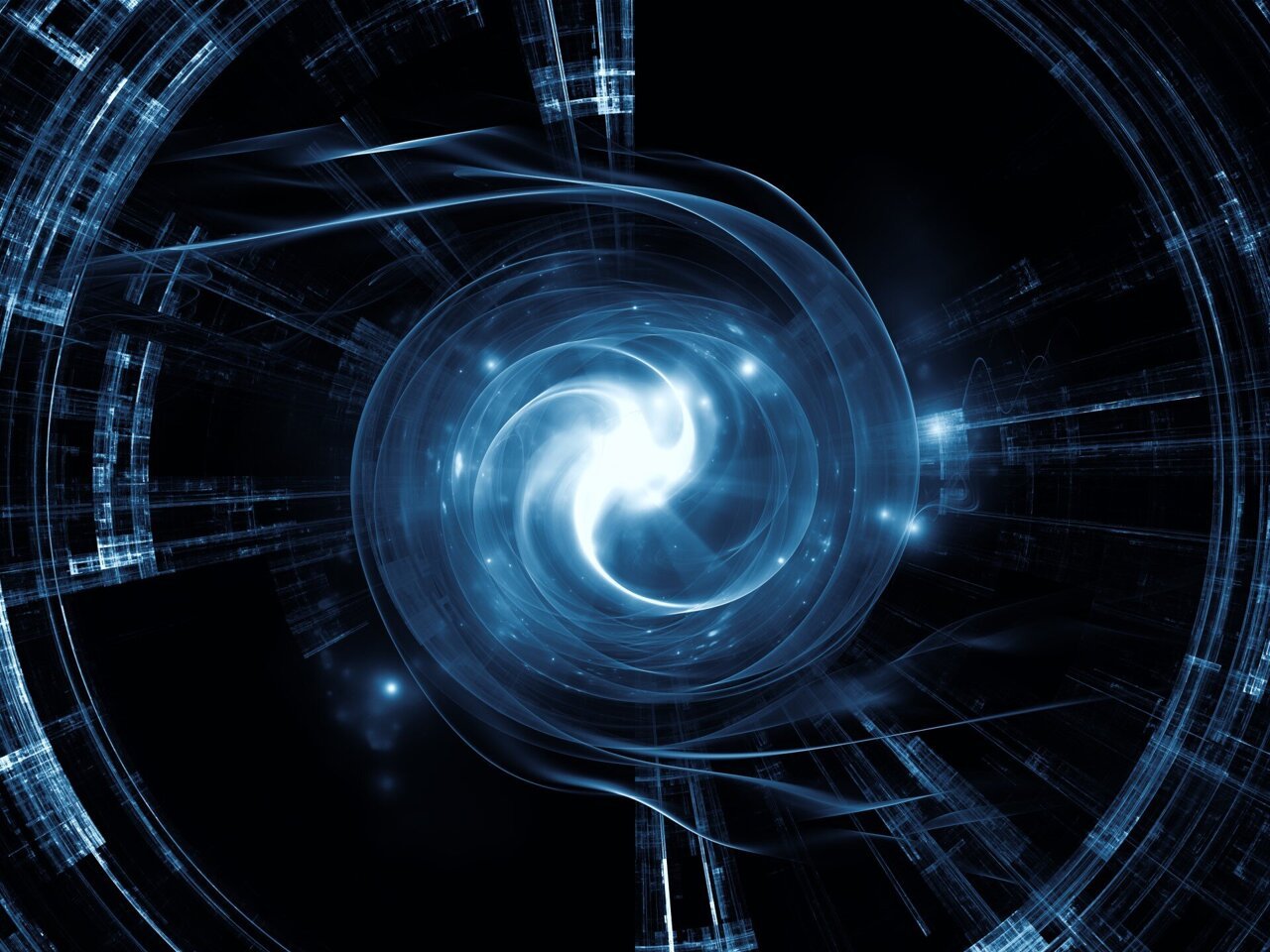In the 1980s, scientists made an exciting discovery known as the quantum Hall effects. This groundbreaking finding unveiled the existence of extraordinary forms of matter called “Laughlin states,” named after the renowned American Nobel laureate who provided a theoretical description of these states. Laughlin states arise specifically in two-dimensional materials, at extremely low temperatures, and in the presence of an immensely strong magnetic field.
Within a Laughlin state, electrons come together to form an unusual liquid-like state, where each electron engages in a mesmerizing dance with its counterparts while actively avoiding collisions. When this quantum liquid is excited, it generates collective states that physicists associate with fictitious particles. These particles, known as “anyons,” possess fractional charges, which means they carry only a fraction of the elementary charge. Interestingly, anyons defy the conventional classification of particles as either bosons or fermions.
Over the years, scientists have been exploring the possibility of realizing Laughlin states in systems beyond solid-state materials. The aim has been to further investigate their unique properties. However, replicating the necessary conditions, such as the two-dimensional nature of the system, the intense magnetic field, and the strong correlations among particles, has proven to be extremely challenging.
A recent article published in Nature describes a significant breakthrough achieved by an international team, led by Markus Greiner’s experimental group at Harvard. The team successfully realized a Laughlin state using ultracold neutral atoms manipulated with lasers. The experiment involved trapping a small number of atoms in an optical box and implementing the required elements to create this exotic state: a strong synthetic magnetic field and powerful repulsive interactions among the atoms.
In their study, the researchers observed distinct properties of the Laughlin state by imaging the individual atoms using an advanced quantum-gas microscope. They demonstrated the unique “dance” of the particles as they orbited each other, and they confirmed the fractional nature of the atomic Laughlin state.
This achievement marks a significant milestone and opens up a wide array of possibilities for exploring Laughlin states and related phenomena, such as the Moore-Read state, in quantum simulators. The ability to create, image, and manipulate anyons under a quantum-gas microscope is particularly intriguing, as it allows for the exploitation of their exceptional properties in laboratory settings.
Source: Université libre de Bruxelles
